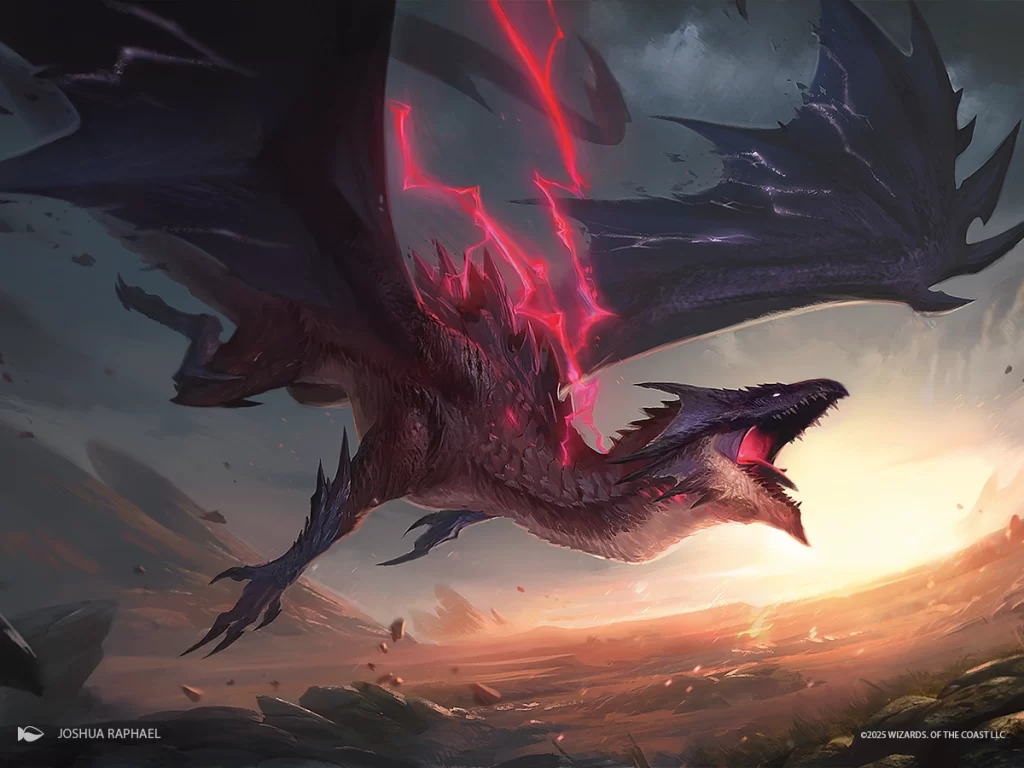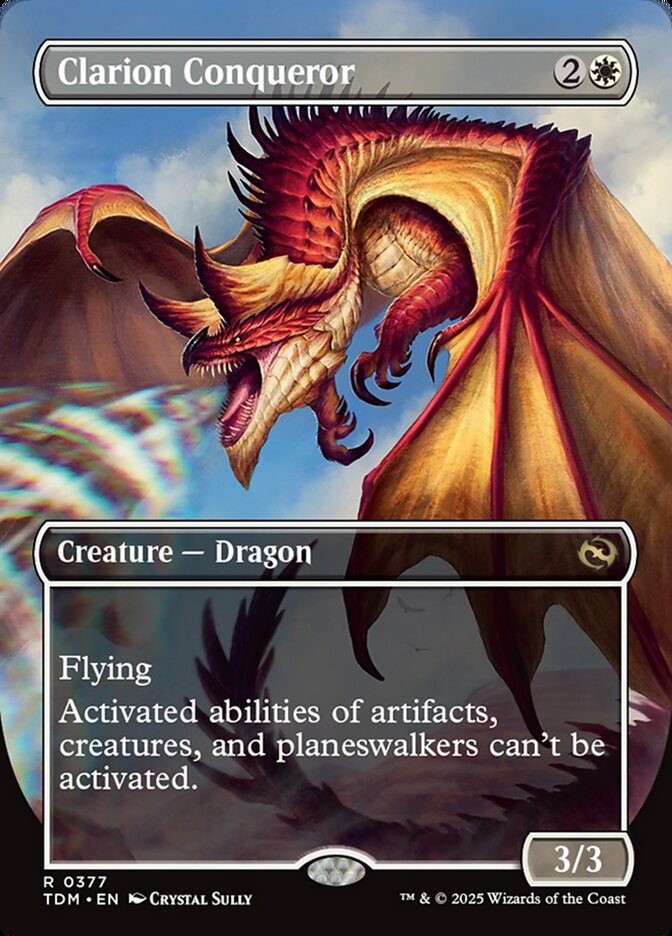
Identifying Commander potential in cards from the Tarkir: Dragonstorm deck starts with one key question: can this card generate value over time? In Commander, cards that scale with the game, impact multiple opponents, or provide repeatable benefits tend to thrive. Look for abilities that trigger on each upkeep, each attack, or when creatures enter or leave the battlefield. These effects compound over the course of a long multiplayer game and often create powerful synergies that Commander decks are built around.
Next, consider mana efficiency versus impact. In Commander, where games go longer, high mana costs aren’t inherently bad—but the card needs to do enough to justify it. A 7-mana dragon that only swings for 5 damage won’t cut it unless it brings a game-shifting ability, like drawing cards, controlling the board, or flooding the field. Conversely, low-cost utility creatures or enchantments that enable combos, smooth your curve, or shut down opponents’ strategies are often Commander gold. Always weigh what a card gives you now versus how it plays over multiple turns.
Another strong indicator of Commander potential is versatility. Cards with modal abilities, scaling effects, or hybrid mana costs fit into more decks and give players more control over how they’re used. Dragons that offer more than combat—such as removing threats, generating tokens, or enabling spell synergies—will see more play. Cards that interact well with multiple popular strategies (e.g., token generation, graveyard recursion, or artifact synergies) are especially valuable in Commander’s varied environments.

Also, watch for cards that support or enable archetypes. Some Commander staples aren’t flashy—they’re enablers. For example, a card that gives your Dragons haste, discounts your spells, or returns creatures from the graveyard might not look like a bomb, but in the right deck, it’s a core piece. Tarkir: Dragonstorm is loaded with tribal synergy, and identifying cards that glue strategies together—rather than just dominate the board—can be key to spotting long-term staples.
Finally, look beyond the face value of cards. Commander players love interactions, combos, and flavor. A card might seem niche until you realize it enables a specific combo, breaks parity in a stax setup, or lets you recur spells endlessly. Read every new card with an eye toward not just what it does—but how it fits into broader Commander strategies. Those are the cards that end up in decks for years, even if they aren’t obvious at first glance.
Thanks for reading and until the next blog post.
